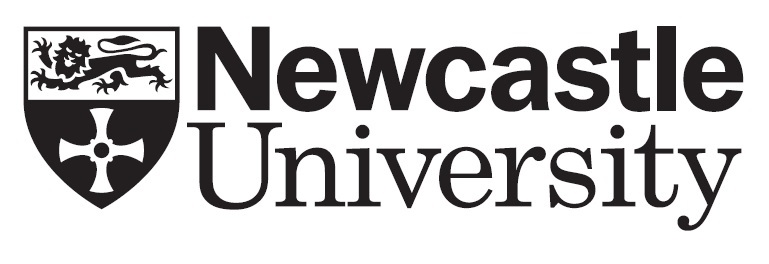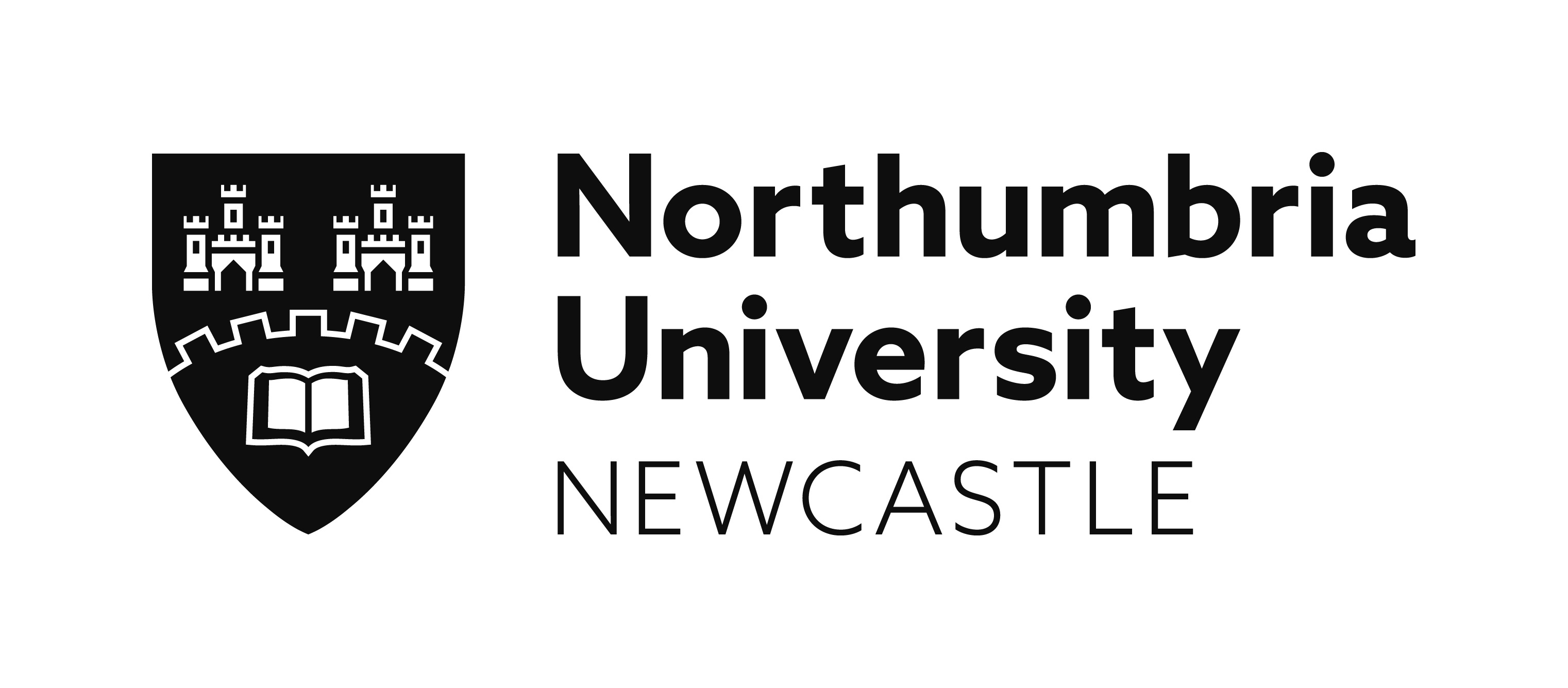Exploring the Plurality of Artists’ Practices: Artists as dealers and agents
Adriana Turpin, IESA, Paris
Marie Tavinor, Royal Academy of Arts
Tropes from the Romantic era often depicted artistic practice as emanating from ‘genius’ i.e. an internal surge to create which separated artists from the rest of society. In sociological terms, this growing autonomy of artistic production independent from traditional patronage fostered new norms of critical interpretation and a detachment between creation and consumption. This session, however, aims to subvert such Romantic compartmentalisation of artistic activities and think about artistic practices- in the plural- which extend beyond the intellectualisation of disegno. Artists were involved in negotiating the complex art worlds of their day, cultivating patrons, creating support networks or supplementing their incomes through dealing in art. From the Renaissance, artists often acted for the patrons in both the primary and secondary market, shaping opportunities for other artists than themselves. Indeed, their knowledge and experience as artists was highly valued. In the 18th century individuals such as Giovanni Maria Sasso or Gavin Hamilton operated simultaneously as restorers, dealers, agents or collectors.
The papers in the session thus seek to bridge seemingly disparate areas of artistic practice and explore the activities of artists as commercial agents from the 16th century to the early 20th century. They open discussion on how artists’ shaped taste and collections, acted as dealers, or revised their own practices in response to an increasingly international art market.
Speakers
Carlo Scapecchi (University of Edinburgh)
Jacques Aved, a Portraitist, Diplomat and Dealer during the Reign of Louis XV
Christine Godfroy-Gallardo (HICSA – Université Paris 1 – Sorbonne)
The Role of Artists as Agents and Dealers in Building the Art Collection of Count Saverio Marchese (1757-1833)
Krystle Attard Trevisan (Institute of English Studies, School of Advanced Study, University of London
‘A peculiar accident’: The artist as insurance underwriter
Avigail Moss (University of Southern California, Los Angeles)
Shaping the Art Market in the 1930s and 40s: Giorgio de Chirico and the self-promotion
Caterina Caputo (University of Florence)
Modernist Market Making: The Case of Henri ‘Le Douanier’ Rousseau
Kathryn Brown (Loughborough University)
Click here to download this session's abstracts or view below
The Plurality of Weavers’ Practices in Renaissance Italy
Carlo Scapecchi (University of Edinburgh)
The paper investigates the plural artistic practices of the Flemish weavers Jan Rost and Nicholas Karcher in mid-16th century Italy. These weavers were employed by the rulers and patrons to produce and restore tapestries (arazzi) and other textiles, and they also acted as dealers and agents. Jan Rost is an exceptional example of an artist who dealt with different artistic practices. Indeed, he enjoyed relatively good social status by being involved in different activities. Rost acted as his own agent, negotiating with his patron Cosimo I de’ Medici the terms of his contract in Florence (1546), and building in this context a network of intermediaries. Also, Jan Rost became a patron and commercial agent, acting in the primary market. He commissioned designs from painters such as Francesco Salviati. The tapestry set, the Story of Lucretia (Francesco Salviati), was later sold to the Salviati family. Moreover, Jan Rost intervened in the secondary market, stopping the sale of his tapestries in a lottery in Ferrara by writing a long letter to his former patron Ercole II. Lastly, it should be noted that Jan Rost was in full charge of his workshop, and dealt with both the payment of collaborators and the cost of materials. Overall, the contribution illustrates, through the examples of Jan Rost and Nicholas Karcher, the multiple practices of weavers in Renaissance Italy. Moreover, to understand the causes of their versatile practices, in this paper, I will examine how the weavers worked in contemporary Flanders and Europe.
Jacques Aved, a Portraitist, Diplomat and Dealer during the Reign of Louis XV
Christine Godfroy-Gallardo (HICSA – Université Paris 1 – Sorbonne)
A renowned portrait painter, Jacques Aved (1702-1766) exhibited without interruption in Paris at the Salon du Louvre from 1737 to 1759. Close friend of J.S. Chardin, the painter was admitted to the Royal Academy of Painting and Sculpture in 1729 and approved five years later. This expert in oriental languages put his erudition at the service of the diplomatic community, particularly the circle of Constantinople. Also familiar with the court of the Stuarts in exile, Aved was given the prestigious task of painting their portraits. However, despite the important commissions he received, the painter seems to be esteemed more for his qualities as an amateur and his taste as a collector than for his artistic talents. At the end of his life, he possessed a remarkable collection of ancient and modern paintings. A lover of the Flemish and Dutch schools, the Academician became the adviser of prestigious collectors. Above all, from his formative years, Aved was involved in the painting trade. He regularly travelled to Holland in order to buy paintings at auctions or from private individuals. These paintings were then sold to his vast network of collectors. Aved's clients included the elite of the Holy German Empire, such as the Margrave of Baden, the Landgrave of Hesse-Cassel or the King of Prussia. The collector and the dealer eventually tended to overshadow the image of the artist, so much so that Grimm was able to write that Aved loved the profession of dealer more than that of painter.
The Role of Artists as Agents and Dealers in Building the Art Collection of Count Saverio Marchese (1757–1833)
Krystle Attard Trevisan (Institute of English Studies, School of Advanced Study, University of London)
In the 18th century, noblemen often built art collections by employing agents to source works of art and by working with dealers. In his book, Il Mercato dei Quadri a Roma nel Diciottesimo Secolo (2010, Olschki), Paolo Coen dedicates a chapter to artists as traders in Rome. Collectors who did not have access to a refined local art supply had to rely heavily on agents who moved in more significant markets. This is the case of Count Saverio Marchese who amassed a significant collection of paintings, prints and drawings on the island of Malta through agents in the major cities in Europe. Fortunately, he recorded purchases in his Primo Costo inventory which reveals that a number of them were artists. Maltese artists working abroad, such as the engraver Giovanni Farrugia in Milan and Florence, shipped works to Marchese, especially prints. This paper will mainly discuss prints because they are the most numerous items in Marchese’s collection. Marchese bought from local dealer artists, especially the painter Giorgio Pullicino. Marchese’s principal agent was the landscape painter Filippo Benucci, son of the Roman art dealer Bonaventura. Benucci continued to supply Marchese after he left Malta, during sojourns in Rome, and when he moved to Munich. The identification of the network of artists who acted as dealers and agents for Marchese provides significant information on the art market in Europe and encourages research on the activities of these entrepreneurial artists.
‘A Peculiar Accident’: The artist as insurance underwriter
Avigail Moss (University of Southern California, Los Angeles)
This paper addresses the role that art insurance played in the nineteenth-century British and European art worlds. After the 1870s, art institutions, collectors, and artists deployed new insurance technologies, offsetting risks to traveling artworks and exhibitions. These actors dispensed with the faith in Providence that so marked early modern approaches to risk. But how did artworks and artifacts test underwriters’ capacities in the nineteenth century? How did insurance industries create methods for enumeration and valuation?
In answering these questions, my paper explores the activities of artist-underwriters who worked for the Fine Art & General Insurance Company Ltd (FA&GIC): the world’s first bespoke art insurer. Established in London in 1890 by art dealer William Agnew, the FA&GIC’s directors included painters John Callcott Horsley RA, Henry Boughton RA, Archibald Stuart-Wortley and Sir James Dromgole Linton (president of both the Royal Institute of Painters in Water Colours and the Royal Society of Oil Painters). These artists mobilised complex social and political networks to underwrite art museums such as the South Kensington Museum, collections such as the Chantrey Bequest, private art dealers such as P & D Colnaghi & Co., and international exhibitions such as the 1893 World’s Columbian Exposition. As conservative artists, they sometimes found themselves adjudicating on the value of the works of their more progressive peers, and this paper also explores how their own works – for example, Linton’s illustrations to William Shakespeare’s The Merchant of Venice (1909) – articulated their relationships to the speculative insurance and art worlds they navigated.
Shaping the Art Market in the 1930s and 1940s: Giorgio de Chirico and self-promotion
Caterina Caputo (University of Florence)
The introduction of Giorgio de Chirico’s paintings in the art market – both of his metaphysical paintings and his post-metaphysical production – is emblematic of the European market system relating to modern art in the interwar years. A real market for de Chirico’s paintings did not exist until the end of 1925, when the painter moved from Italy to Paris and worked with both dealers Paul Guillaume and Léonce Rosenberg. Thanks to the support of such important Parisian dealers, de Chirico immediately received an international affirmation both in Europe and the US. In the 1930s, the Surrealists also played an important role in shaping de Chirico’s success in the market as well as in creating his artistic status. However, if Rosenberg imposed the ‘neo-classical’ subjects of de Chirico’s production, the Surrealists promoted only de Chirico’s early metaphysical paintings. In the 1930s and 1940s, following the international demand for the metaphysical painting, prices for this production increased rapidly, so that de Chirico painted approximately fifty new metaphysical canvases and hundreds of ‘replicas’ of his early metaphysical artworks. In this controversial context, starting from the mid-1930s, de Chirico decided to promote and sell his artworks by himself: the purpose was to create an art market for his recent production as well as contrast these with the monopolisation of his early paintings. By examining unpublished archival material, my paper aims to shed new light on the strategies de Chirico used in order to shape an international art market for his recent production, including ‘replicas’ and ‘backdated’ canvases.
Modernist Market Making: The Case of Henri ‘Le Douanier’ Rousseau
Kathryn Brown (Loughborough University)
A market did not truly exist for Henri Rousseau’s works until his ‘discovery’ by other artists. Having garnered the support of Pablo Picasso, Robert Delaunay, Serge Férat and Hélène d’Œttingen during the first decade of the 20th century, Rousseau subsequently attracted the interest of dealers (Paul Rosenberg, Ambroise Vollard, Paul Guillaume and Sidney Janis), important private collectors (Jacques Doucet, Albert Barnes) and museums. With regard to under-examined auction data and the development of a critical framework for Rousseau’s painting, this paper examines the role of artists as market makers in the modernist art world. I analyse financial information pertaining to sales of Rousseau’s works and consider strategies that artists and writers used to influence the taste of collectors and critics in Europe and the US. Challenging the idea that the dealer–critic system was the dominant form of art brokerage in the 20th century, I show how artists used their networks to manipulate the economies in which they operated and illustrate the reciprocal career benefits that were derived from supporting Rousseau. This paper also defends the idea that the case of Rousseau is a template for market-making strategies employed by contemporary artists. With examples including the collecting and sales practices of the Young British Artists during the late 1990s, the creation by artists of their own private museums and the control of art-critical discourses, I argue that the strategies developed by artists in response to Henri Rousseau’s work are key to understanding the ways in which contemporary art markets function.
|
|
|
|
|
|
Supported by
Conference Sponsors
![]()
Sponsored by
ASSOCIATION FOR ART HISTORY
![]()
Terms & Conditions
![]()


